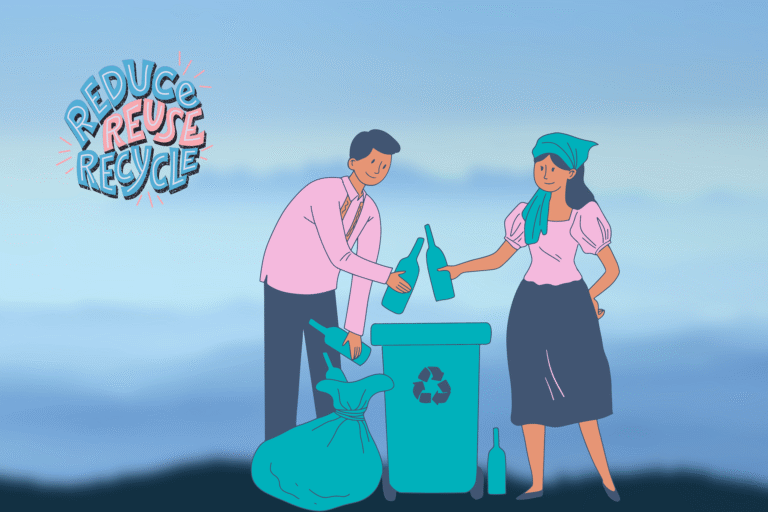Understanding Sustainable Heating Options for Your Workplace
 It can be challenging to produce efficient work, knowing that environmentally degrading resources fuel it. Luckily, sustainability in the workplace is becoming increasingly accessible to all businesses. Making these eco-friendly alterations may increase productivity, save your company money, and increase sales and brand awareness.
It can be challenging to produce efficient work, knowing that environmentally degrading resources fuel it. Luckily, sustainability in the workplace is becoming increasingly accessible to all businesses. Making these eco-friendly alterations may increase productivity, save your company money, and increase sales and brand awareness.
Space heaters and water heaters consume 27% of a building’s total energy use. They produce this heat by burning fossil fuels, which pollute the atmosphere and increase global temperatures. Transitioning to sustainable heating systems can reduce a company’s impact on various environmental issues, from biodiversity loss to increased hurricane intensity.
Millennials and Generation Z make up the largest customer base today. They value environmental conservation and look for similar interests in the companies they support. Sustainability in the workplace also reflects transparency, which customers honor alongside the quality of products and services.
Luckily, there are various options for sustainably heating your building. Pellet stoves, geothermal systems, solar and wind energy, and hydronic systems all provide temperature control while emitting little to no air pollution.
Pellet Stoves
Pellet Stoves are an eco-friendly and effective heating system. They resemble a traditional wood-burning stove, which adds to their aesthetic appeal. In a work setting, they can heat a single room or an entire floor of offices.
This system is the cleanest form of solid fuel heating. It burns small wood pellets to reduce ash and air pollutant emissions. Utilizing pellet stoves will significantly reduce the footprint of your company and save money on your energy bill.
Geothermal Systems
Geothermal pumps source heat from underground. This system filters liquid through pipes beneath the surface to heat or cool the air in a building, depending on the chosen temperature. The pumps can operate in any climate, hot or cold, due to consistent ground temperatures.
Ground-sourced heat can supply an entire building and reduce heat energy costs by 65% annually. Building owners have utilized this energy for over 50 years, so its efficiency is proven, and customers recognize it as a sustainable heating source. You can advertise this eco-friendly aspect of your business to customers to increase transparency and sales.
Solar Energy
We all recognize solar panels on top of commercial buildings. One can utilize this technology to produce general-purpose energy, or as an independent heating system.
Active solar heating technology transfers energy from the sun into a heated or cooled liquid. The liquid then moves into a tank that circulates it through a coil. A fan blows air over the coil, warming it to the set temperature and returning it back to the room. This is a sustainable source of heat because it utilizes the renewable energy of the sun for fuel.
As long as the sun is shining, a building can significantly reduce its carbon footprint. “Solar” is an eco-conscious buzzword that customers recognize. When a company advertises its use of this energy, customers are more likely to support them.
Wind Power
Just like solar, wind turbines can source enough energy to fuel an entire building. They can also function as an independent heating system.
Wind turbines transfer natural weather patterns into fuel with their spinning kinetic energy. This energy fuels electric heaters, boilers, and heat pumps. Recently, innovators crafted a system that cuts the excess steps, directly working to produce warmth.
Turbines connected to magnetodynamic heaters circulate water within the device to create heat. Excess energy fuels the water pump, so no additional nonrenewable energy is necessary. Heating a building with wind energy is only accessible in breezy climates, making it a region-based sustainability option.
Hydronic Heat System
A highly effective way to warm your workplace while reducing your environmental impact is through hydronic heating. This system uses an energy-efficient boiler to control the temperature of water filtered beneath and throughout your home. The water emits warmth throughout your building via panel radiators.
Hydronic systems utilize thermal radiation to reduce heat loss through the ceiling. This helps conserve energy and evenly warm the building. After the water’s temperature drops, it returns to the boiler for further heating needs.
A Green Conversation
When you are ready to incorporate sustainable heating systems into your business, contact your building owner and discuss their options. The five options presented above may all be implemented in any commercial building to reduce greenhouse gas emissions and save money.
Utilizing sustainable heaters in the workplace can significantly increase productivity and employee satisfaction. Many workers feel stressed or guilty supporting a company that neglects environmental protection. These negative feelings may dissipate when sustainable practices are put in place, increasing workplace morale.
Author Bio:
Jane works as the founder and editor-in-chief of Environment.co where she covers environmental news and sustainable living tips.


